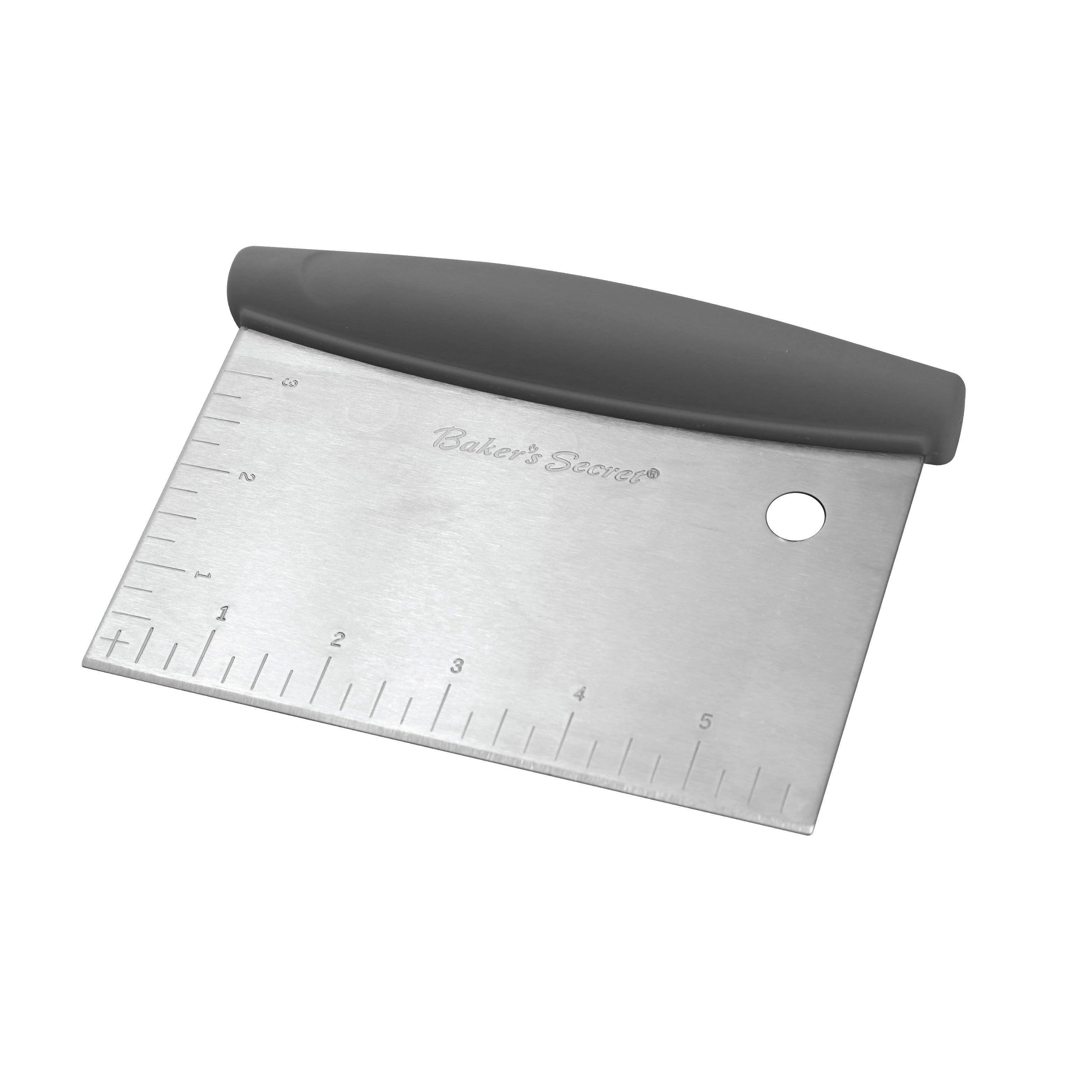The 1 2 3 on a knife sharpener refers to the different stages or slots for sharpening various types of knives. A knife sharpener is a handy tool used to restore the sharpness of dull knives.
The 1 2 3 on a knife sharpener indicate the three different stages of sharpening, each with its own purpose. In the first stage, the coarse slot is used to reshape the blade and remove any nicks or dullness. The second stage, the medium slot, further refines the edge and hones the blade.
Finally, the third stage, the fine slot, creates a polished and razor-sharp edge. By using these stages in the correct order, a knife can be effectively sharpened and ready for use in no time.
The Importance Of Sharp Knives In The Kitchen
Sharp knives are essential in the kitchen for a multitude of reasons. Firstly, they greatly enhance safety, as a dull knife is more prone to slipping and causing accidents. Secondly, sharp knives allow for more efficient and precise cutting, saving time and effort in food preparation.
Additionally, with sharp knives, chefs can create better food presentation, as clean cuts result in dishes that are visually appealing. The 1 2 3 on a knife sharpener refers to the different stages of sharpening, including coarse, medium, and fine.
Each stage helps to progressively refine the blade’s edge, ensuring optimal sharpness. Ultimately, having sharp knives in the kitchen is crucial for both professional and home cooks, allowing for safer, quicker, and more beautiful culinary creations.
Understanding The Basics Of Knife Sharpening
Understanding the basics of knife sharpening involves knowing the different types of knife sharpeners available. Whetstones, electric sharpeners, and honing rods are commonly used tools. When choosing a knife sharpener, consider factors such as the type and material of the knife, the sharpening method, and your skill level.
These factors will help you determine which sharpener is best suited for your needs. Keeping your knives sharp is important for maintaining their functionality and longevity. Regularly sharpening your knives will ensure that they perform optimally and make your kitchen tasks easier.
By understanding the different types of knife sharpeners and considering the relevant factors, you can find the right tool to keep your knives sharp and ready for use.
Step-By-Step Guide To Sharpening Your Knives
Preparing your workstation involves cleaning and drying the knife to ensure a smooth sharpening process. To achieve the best results, choose a flat and stable surface. Using a whetstone is a popular method for sharpening knives. Soak the stone for a few minutes and position it at a comfortable angle.
Maintaining the correct sharpening angle is crucial for effective sharpening. Perform the sharpening motion in a controlled and consistent manner. An electric sharpener can also be used, after setting it up properly, run the knife through the slots. For additional sharpness, you can utilize a honing rod.
Hold the knife and rod correctly while performing honing strokes for optimal results. Following these step-by-step instructions will help you sharpen your knives effectively and safely.
Maintaining And Caring For Your Sharp Knife
Properly maintaining and caring for your sharp knife involves several key steps. One important aspect is the proper storage of sharp knives. There are a few options for this, including magnetic knife strips, knife blocks, and blade guards. It is important to establish a regular maintenance routine, which includes understanding the difference between honing and sharpening.
Additionally, cleaning and drying the knife properly after each use is crucial to prevent rust and damage. Finally, storing the knife in a safe place will help ensure its longevity. By following these guidelines, you can keep your sharp knife in excellent condition for years to come.
Troubleshooting And Common Mistakes In Knife Sharpening
Knife sharpeners are essential tools for maintaining the sharpness of your knives. However, there are common mistakes that can affect the effectiveness of the sharpening process. One of these mistakes is not recognizing when your knives are dull. It is important to regularly inspect your knives for signs of dullness.
Another mistake is using an incorrect angle when sharpening. This can lead to an uneven edge and a less effective cutting performance. Additionally, uneven pressure during sharpening can result in an inconsistent blade edge. Over-sharpening or not sharpening enough are also common mistakes.
It is important to find the right balance to ensure optimal sharpening results. By fixing and avoiding these common mistakes, you can ensure that your knives remain sharp and ready for use.
Expert Tips And Tricks For Knife Sharpening
A sharp knife is essential for any chef or cooking enthusiast. When it comes to knife sharpening, there are a few key things to understand. Firstly, testing the sharpness of a knife is crucial. Additionally, using the right tools can greatly enhance your sharpening skills.
Precision tools like sharpening guides, clamp systems, and angle guides can help achieve precision. To ensure a successful sharpening process, it is important to have a good understanding of how to use these tools effectively. With the right techniques and tools, you can easily bring your knives back to their optimal sharpness.
Remember, a sharp knife not only ensures safer cooking but also improves the overall culinary experience. So, invest some time in mastering the art of knife sharpening and enjoy the benefits in your kitchen.

Credit: www.bakerssecret.com
Conclusion
Understanding the 1 2 3 on a knife sharpener is crucial for achieving optimal results in your kitchen. By knowing how to properly use the coarse, medium, and fine settings, you can ensure that your knives are sharpened to perfection.
The coarse setting is ideal for repairing damaged blades, while the medium setting helps to refine the edge and remove any burrs. Finally, the fine setting is perfect for honing and polishing your knives to razor-sharpness. Being mindful of the angle and pressure you apply during the sharpening process is also important to achieve the desired results.
Remember to clean your knife sharpener after each use to maintain its efficiency and longevity. With this knowledge, you can confidently sharpen your knives and enjoy the benefits of precise and safe cutting in your kitchen.

This is Kristina, a passionate content writer, copywriter, and bookworm. Always dedicated to providing informative and accurate product reviews for enjoyable shopping. In my free time, I love spending time in nature and with animals and doing yoga.

